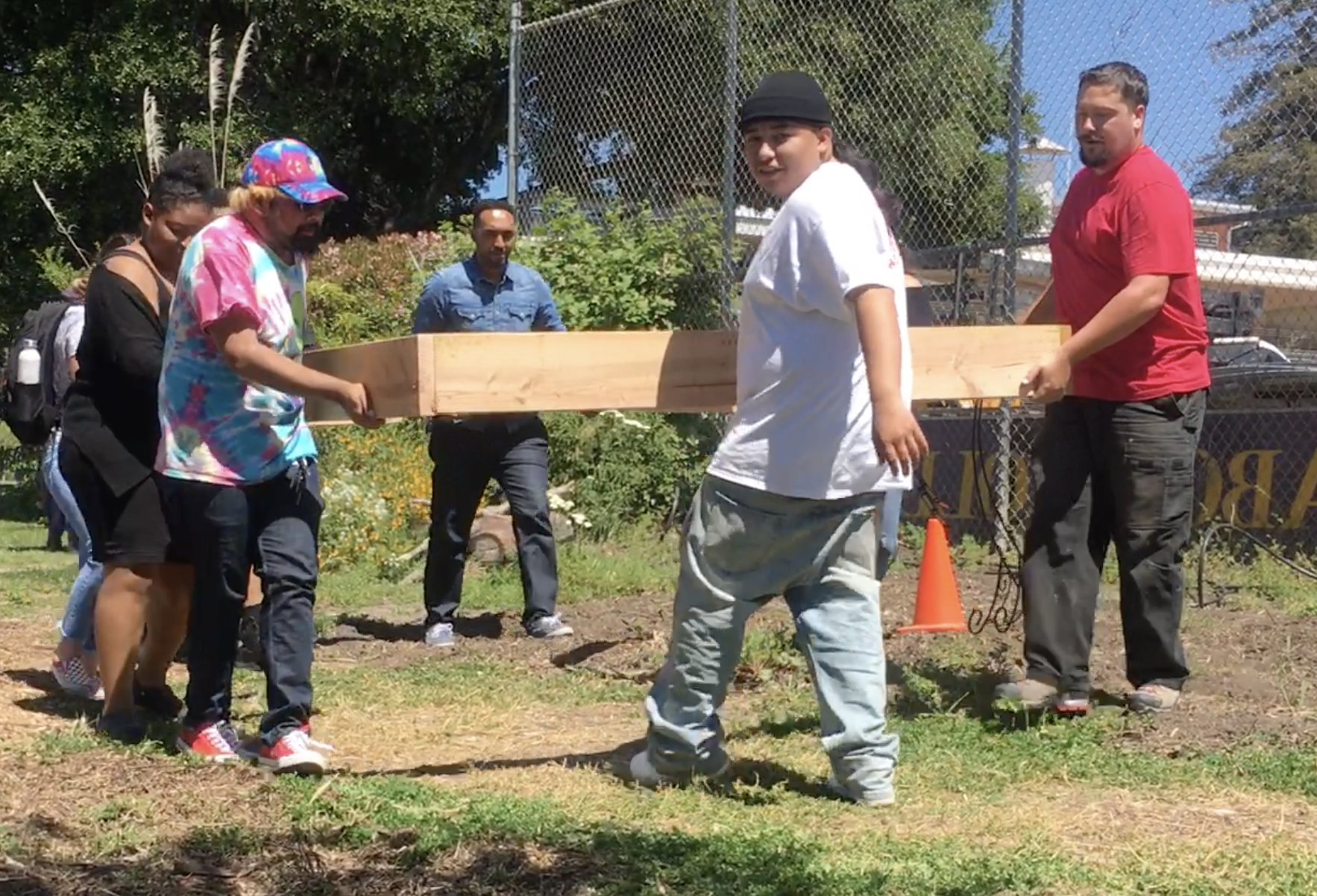
From Affective to Cognitive:
Students’ Humanity and the Earth
Recognizing our Students’ Humanity
Cognitive activity increases when our humanity is recognized and celebrated.
When teachers bring particular attention to:
who their students actually are
what style they are bringing
what confidence or insecurity they seem to have
in what moments their vibrant selves can best be challenged, learning increases dramatically.
Research studies show when faculty very intentionally engage the affective domain of their students this leads to increased cognition. One example: In basic skills Math courses at Los Medanos, teachers noticed that students very frequently simply would not even attempt to do the problems on the page. The students just sat there.
Through interviews with the students, teachers learned that the students had so much fear of failure, and so much attendant shame about this prospective failure, that it seemed that the best course of action was to not even try. In response teachers created a program called “No Blank Pages.” This program fostered student community, math learner identity, interpersonal trust, and emotional well being. The program did not really focus on the MATH. And yet, once the program got established, students’ learning and understanding rose dramatically.
TEA supports teachers to make visible the connections between the affective and cognitive domains. In addition we share case studies and have success data that demonstrates the link.
Teachers who are close to their students’ voices and learning experiences improve their work with students continuously, because they learn in real time and make decisions based on the expressed and dignified language coming from their students. TEA shares many examples of teachers who have rapidly and positively changed their curriculum or their practice based on moving closer to their students.
Student after moving hay bales to create outdoor school
Many studies have uncovered the key problem in the classroom of “coverage at all costs.” And the cliché that teachers are too busy covering course material to engage fully with their students has some truth to it. Yet, the reality is that if the teacher is the only one moving at the requisite “coverage” speed, then of course learning cannot take place. But the beautiful irony is that when time is carved out in the class setting for students to feel themselves in the space and to gain some comfort, then the subsequent learning is much more deep and successful.
Once a teacher acknowledges the central role of their students’ humanity in the learning experience the teacher provides, that teacher’s ‘style’ becomes forever much more collaborative. That teacher literally teaches and counsels in collaboration with their students. This might sound obvious, but from our experience it is not that common or obvious to faculty. Perhaps the department curriculum has boxed out the actual human students coming in to do some learning; this is anti-collaborative at its core.
TEA does not make this point in a pedantic manner; rather we are excited to look at the possibilities and strategies that lead from the affective to the cognitive. All teachers have at sometime used most if not all of the approaches to teaching and learning that TEA can share. So to that extent, this is quite pragmatic. Building upon that, what we offer is an invitation for teachers to develop a more self-reflective awareness of these approaches, and to integrate them into their classrooms in a more systematic manner.
It is a central tenet of TEA’s approach to teaching and learning that embracing the full humanity of students is THE most effective way to begin to reduce gaps in equity. Indeed the data as well as our experience in the classroom demonstrates that without this approach in the mix, any other mitigation efforts on behalf of underrepresented students will likely suffer, if not fail entirely. Our institutions are challenged because our faculty come from mainly middle-class and system affirming backgrounds, while many of our students do not. Instructors can close this gap by working to elicit and dignify the experiences and cultures of their students. It costs no more to engage students’ full humanity than to not do so. In fact we believe that this approach literally actually costs less, in part because of the Opportunity Costs associated with student failure.


